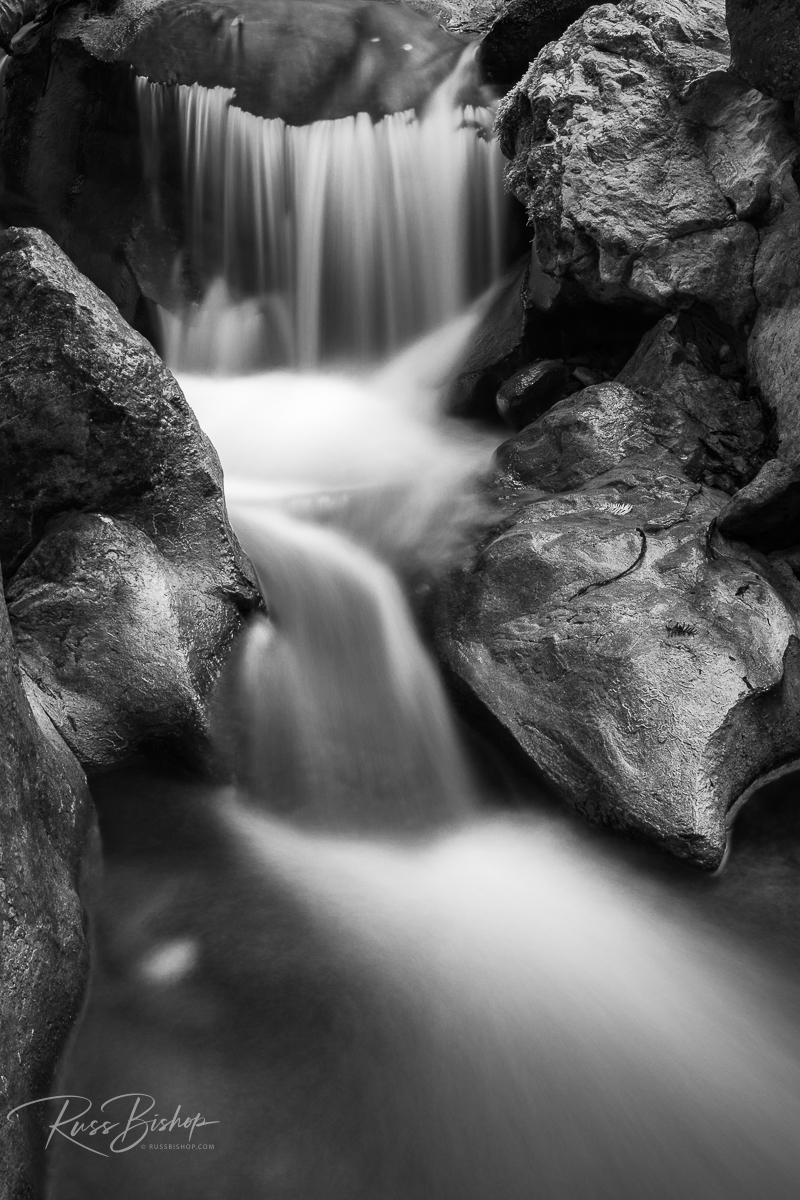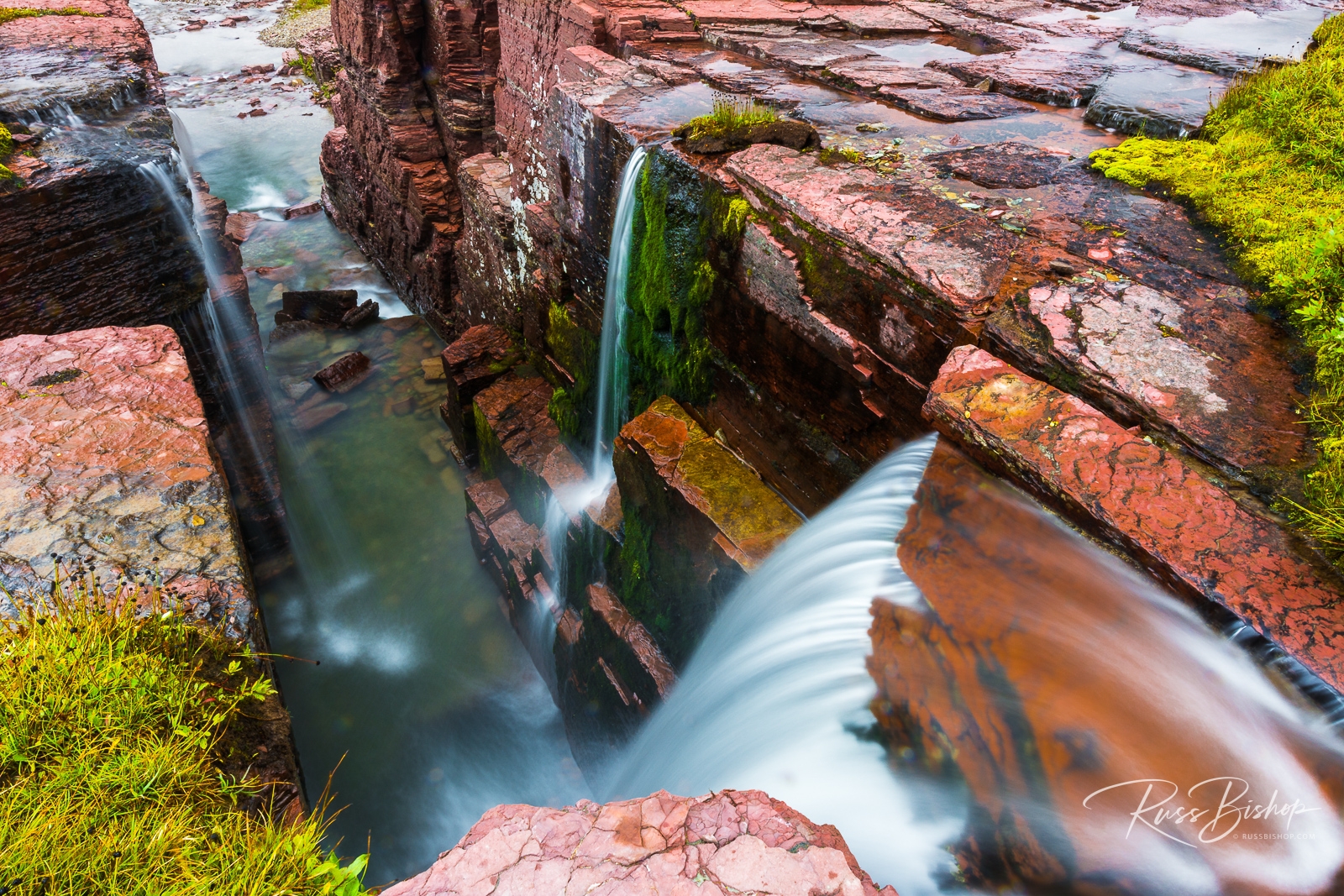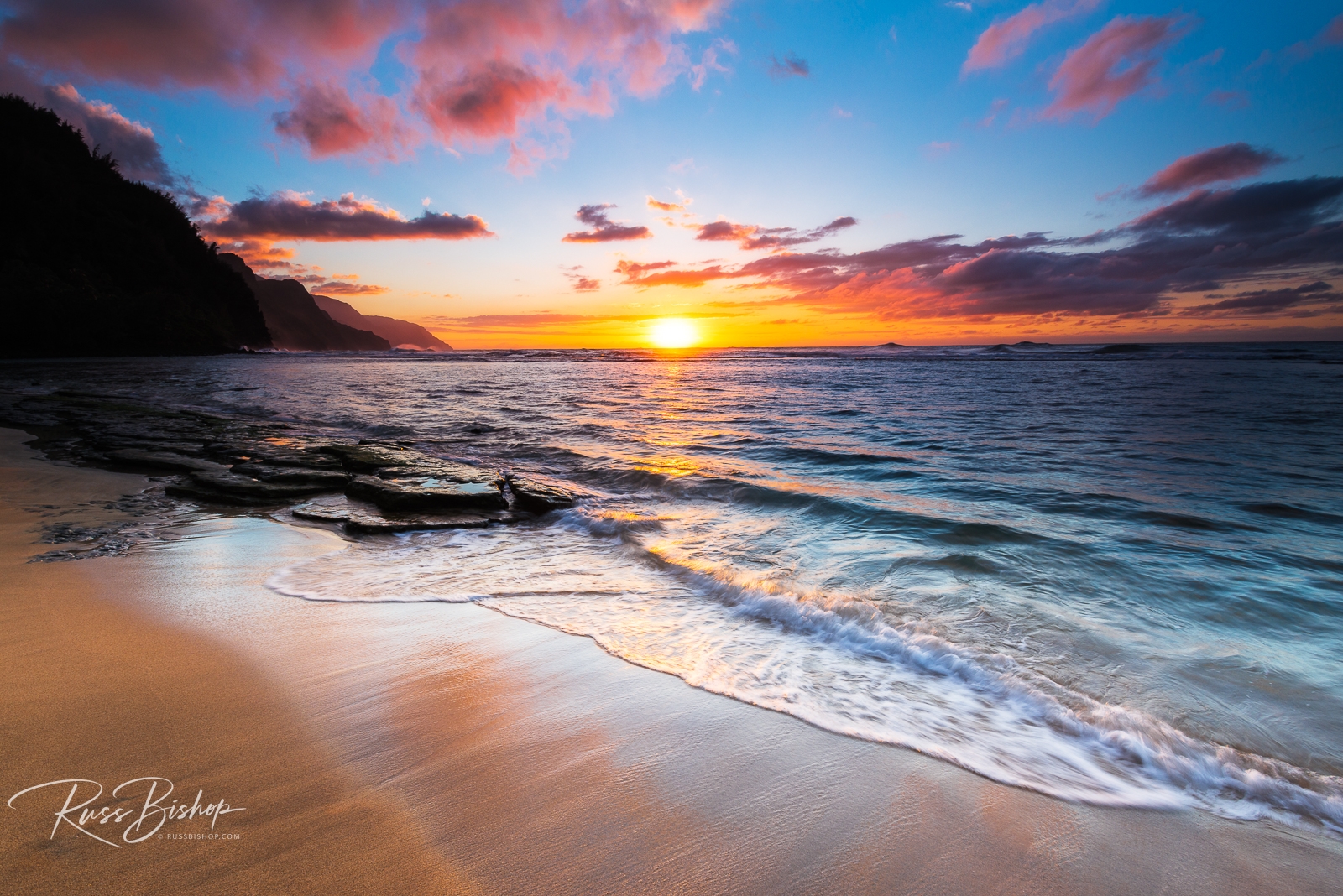
March 22nd is World Water Day – a time to celebrate the spring season and our most precious natural resource. It’s easy to take for granted when we’ve had a wet winter and a bottle or tap is always within arms reach, but we share the planet with nearly 1 billion people who don’t have access to safe clean drinking water or sanitation. That’s a hard fact to swallow when you consider that most of the earth’s surface is water.
The United Nations first began the celebration back in 1993 and it’s grown significantly over the years as a platform for education and public support. Each year, one of the many UN agencies involved in water issues spearheads a campaign to promote and coordinate international activities. The theme of World Water Day 2024 is ‘Water for Peace’, and focuses on fostering harmony, generating prosperity and building resilience to shared challenges.
On the world front, there are many ways to help those less fortunate than ourselves, and at home simple conservation can have a profound effect. I’m proud to be involved with Photographers for Good and the Plus One Collection, which has use its resources to support The Samburu Project building wells in Kenya. I can think of no greater reward than inspiring others to enjoy the beauty of nature, while helping to provide life’s most basic necessity to those in need.
Here in the west this years winter storms have helped to offset years of drought, but whatever the conditions at home we should always remember that water is a precious commodity essential for life. So enjoy that drink and spread the word throughout the year (and don’t forget to turn off the tap).
©Russ Bishop/All Rights Reserved


